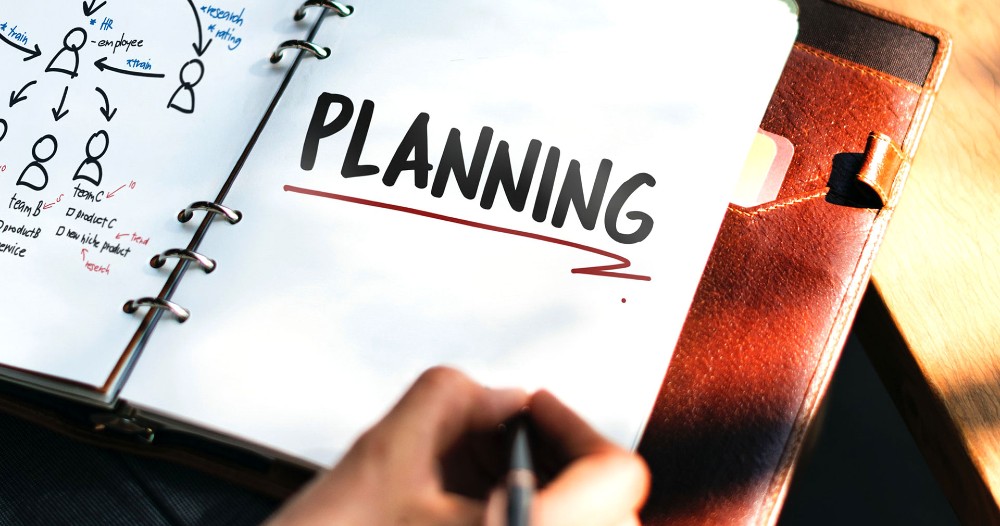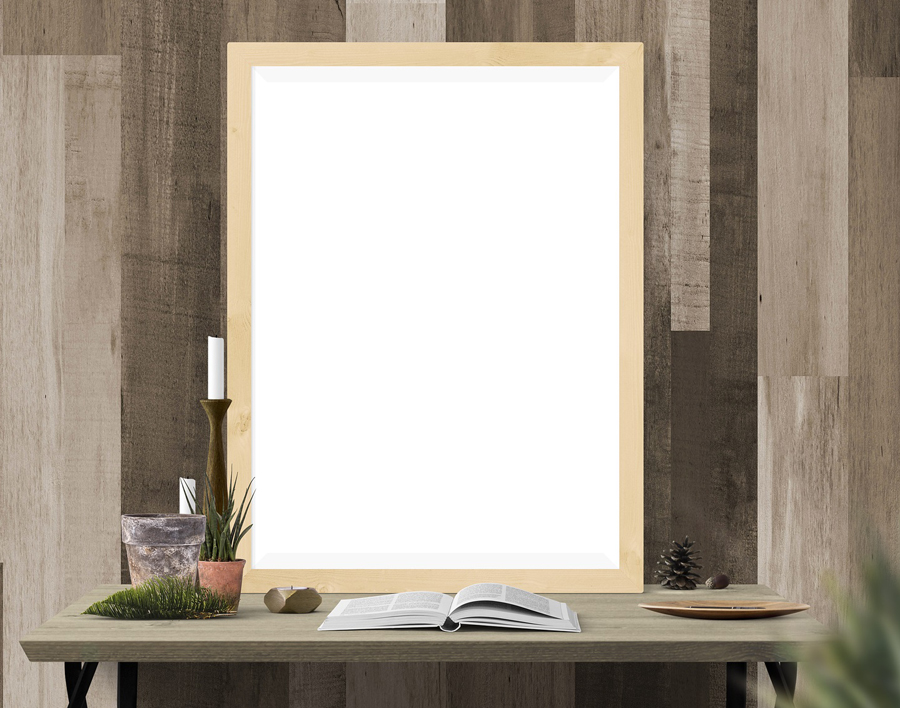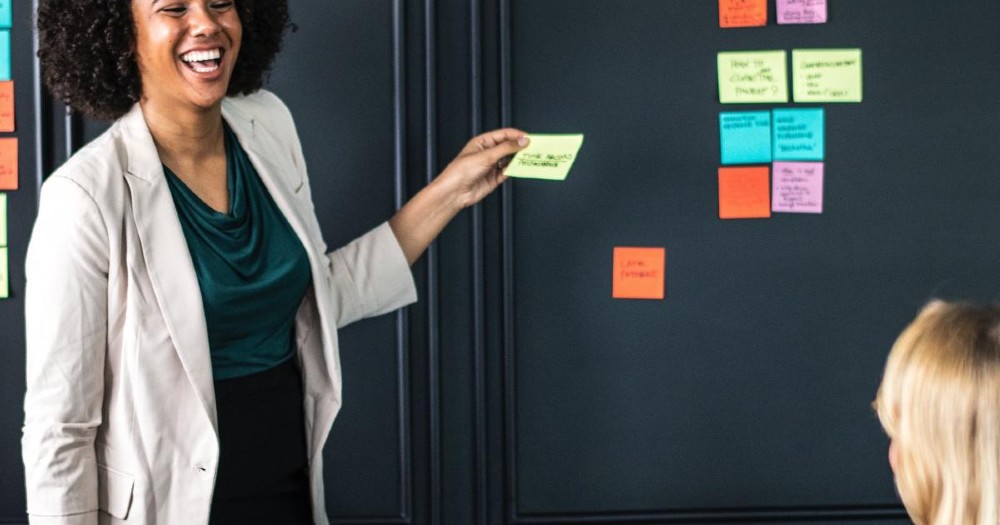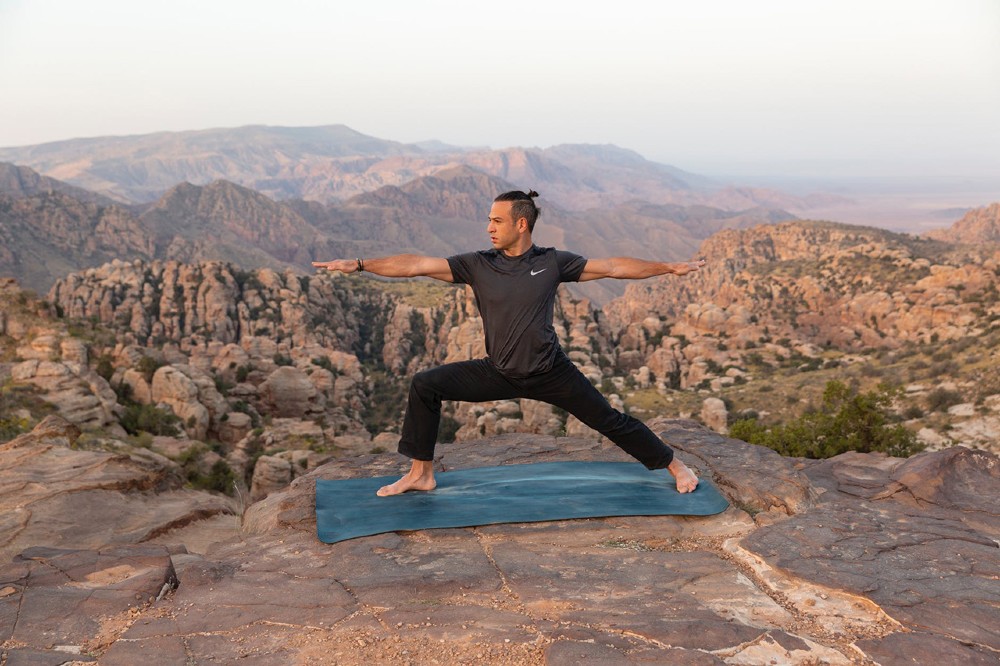Break Out of the Ordinary
Find out why brilliant breakout sessions at a conference can provide the perfect brain-boosting accompaniment to static lecture-style learning.
From clever seating to dynamic lighting and sound, interactive elements to punchy videos and visuals, there is plenty a good event production team can do to bring energy and oomph to the main sessions at your next conference.
But it’s worth bearing in mind that, even using every tool in the toolbox, there is only so much your delegates can absorb when they are sat still, in a dimly lit room, in silence, listening to one person talk.
In fact, they might just end up wanting to break out – which brings us neatly to our theme – the breakout session.
These smaller more intimate sessions are built on participation and involvement. If you want to create a tailored feel for each attendee – a real must-do for the modern conference – breakout sessions really support this, by empowering individuals to focus on areas of learning which interest them, or to work with particular groups within a group.
So, while much of the energy and focus will naturally be devoted to the main events – ignore this part of the programme at your peril.
Here are some top tips to make your breakouts brilliant.
Make it easy to breakout
Good scheduling is crucial, and, if you can, avoid a ten-minute route march across a venue – no one wants to arrive at a breakout group sweating, and without having had time to pop to the loo, or grab a drink!

A good beginning
Think about group size – too many or two few people will not be conducive to a group discussion. Plan a quick interactive game, perhaps a riddle or a brainteaser, to break the ice and get the ideas flowing.
Frame it – but don’t force it
Whether it’s a workshop or a presentation-led session, put a structure in place. Start with a reasonably well-defined question or focus area, and keep a goal or end point in mind. But keep it loose to allow room for ideas to blossom and useful tangents to run their course.

Whittle down the waffle
While some tangents are useful – many are not. Think about keeping sessions short – perhaps around 45 minutes – to maintain focus, or make sure you plan breaks in longer sessions.
Capture the content
Provide an easy means of noting ideas. An interactive whiteboard is ideal, but a simple whiteboard or even post-it notes on the wall can do the job. Then a smartphone snap of the finished board or wall can be shared, to save attendees furiously scribbling away at their own notes.

Forego formality
Sitting in rows won’t foster creativity, so sit in the round, or provide seating which can be moved easily, perhaps even beanbags and cushions. Two-way conversational settings can be a great way to dive deep into ideas. You might even try a laid back ‘campfire session’ where attendees are invited to share stories around a theme, creating their own content and learning from each other through discussion.

Break away from the theme
Breakout sessions need not stick rigidly to the themes of the main conference – they are a great place to introduce something new. It’s also a good idea to include a couple of stress-busting sessions, such as yoga or mindfulness, or cover self-care and wellbeing, which, as a broad body of evidence supports, is vital for workforce resilience and productivity.

So, while your main sessions should absolutely inform, engage and inspire, it’s the breakouts which go the extra mile in lining the mental pockets of attendees with fresh ideas and take-away tactics, not to mention providing ready opportunities to network and cultivate relationships. Making the most of them could be what makes your next conference a breakout success!
If you need some help making the most of the breakout sessions at your next conference, Contact UKSV on info@uksv.co.uk or call +44 (0) 1425 480444.

